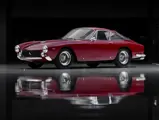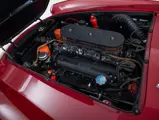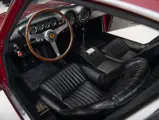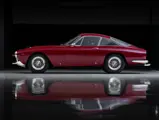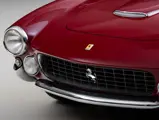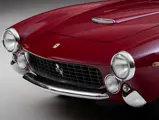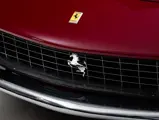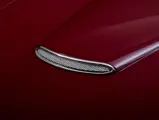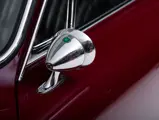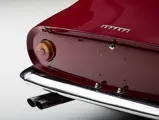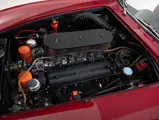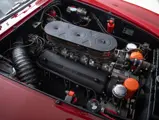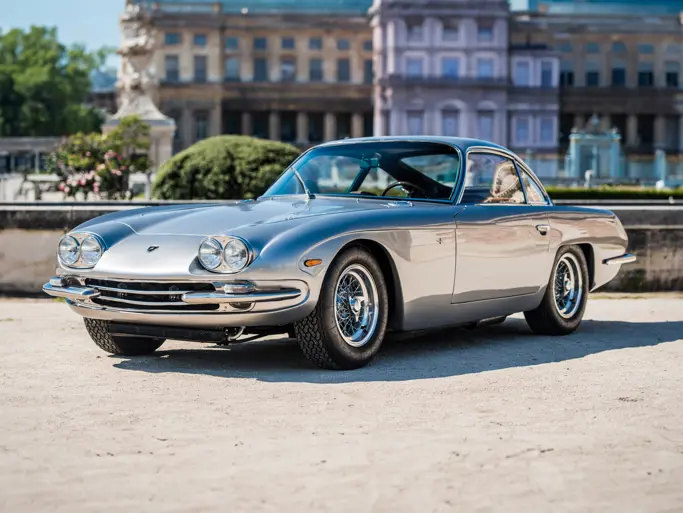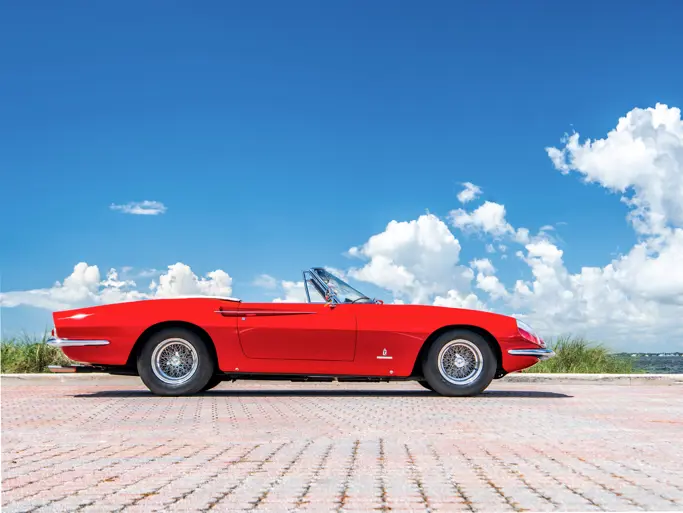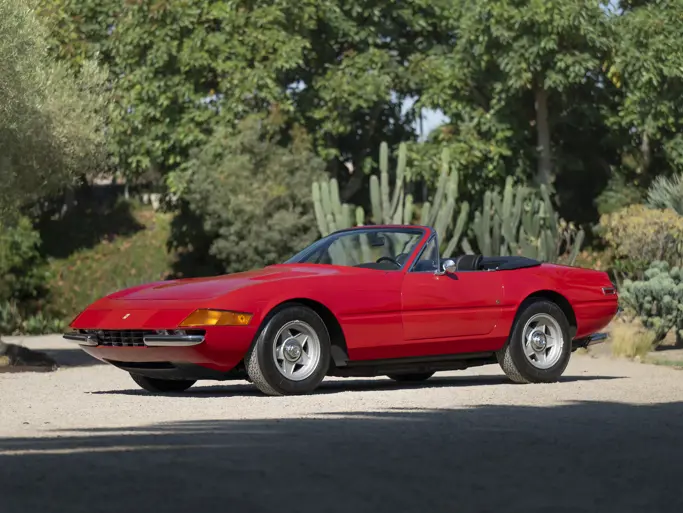Dare to Dream Collection
1964 Ferrari 250 GT/L Berlinetta Lusso by Scaglietti
{{lr.item.text}}
$1,490,000 USD | Sold
 | Toronto, Ontario
| Toronto, Ontario
{{internetCurrentBid}}
{{internetTimeLeft}}

- Formerly owned by two-time Canadian Driving Champion and Canadian Motorsport Hall of Fame member Eppie Wietzes
- The 236th of 350 examples built; retains numbers-matching engine
- A beautifully presented example of one of the most iconic sports cars ever built
The Ferrari 250 GT/L Berlinetta Lusso is one of those rare models that transcend the automotive niche. It is not just recognized as one of the most beautiful Ferraris of all time, it is widely considered to be one of the most beautiful cars of all time, of any kind or era, period.
Of course, basing the model on Maranello’s long-running 250 GT platform only helped seal its success. By the conclusion of Lusso production in 1964, the three-liter Colombo-designed V-12 engine had been in development in one form or another for 13 years, and the 250 GT chassis had steadily evolved over nine years of improvements. In the GT/L Berlinetta Lusso iteration, the chassis was even further developed with concentric rear springs and a Watts linkage on the rear axle, echoing the rear suspension set-up of Ferrari’s legendary sports-racing model, the 250 GTO.
But it was undoubtedly the Lusso’s aesthetic presentation that so appealed to enthusiasts of every stripe, even catching the eye of non-automotive laymen. Bequeathed with a luxurious leather interior, the Lusso also featured a completely unique dash-panel arrangement that lent the car a distinctive character. The model’s crowning achievement, of course, was its splendid coachwork, penned by Pininfarina and realized in three dimensions by the brilliant Scaglietti. Gorgeous from every angle, and endowed with the most highly-developed iteration of the 250 GT chassis and engine, the Lusso deftly combined style and substance, seamlessly fusing power and panache.
Could there be a more authentic testament to the Lusso’s brilliance than the praise of a former owner? Case in point, Sports Car Digest contributor and longtime Ferrari owner/enthusiast Stephen Mitchell recalled his first experience driving and later owning a 250 GT/L: “…the Lusso seemed like a wild animal that had slipped its leash—it revved to seven thousand and the fenders stretched forward hunting every nuance of the pavement in a predatory manner very different from what I had been used to…
“In retrospect, I would say that the Lusso became a lifestyle; one that I was very grateful to experience.”
LUSSO CHASSIS 5381
This beautifully presented and well-documented Ferrari claims a life of doting attention over the past 52 years, including former ownership by a well-known Canadian competition driver. According to a history report by marque expert Marcel Massini, chassis number 5381 was dispatched to Scaglietti for coachwork in November 1963, and it was completed three months later, specified for the European market with instruments in kilometers, and finished in Nocciola (hazelnut) paint over an interior trimmed with Rosso Vaumol leather by Connolly.
Other than being distributed in March 1964 to marque dealer Renato Nocentini’s Garage La Rotunda in Prato, Italy, little is known about the 250 GT’s life over the following eight years, except that it was exported to North America circa 1969. As demonstrated by a file of documentation that stretches back to the early 1970s, in November 1972 the Ferrari was sold by Vinko Motors of Toronto to Egbert “Eppie” Wietzes, who had recently accomplished back-to-back Canadian Driving Championships in 1969 and 1970. Eventually inducted into the Canadian Motorsport Hall of Fame, Wietzes was active across numerous series during an impressive racing career that saw runs in Formula One, Can-Am, Formula 5000, and Trans-Am.
By June 1974 the Lusso was owned by John Glover of Willowdale, Ontario, and from him the car passed three years later to Robert Young of Toronto. As demonstrated by invoices on file, Mr. Young regularly retained local Ferrari specialists Maranello Motors to source parts from Algar and perform service. The company continued to tend 5381 over the next 17 years through an additional ownership, by Jerry and Valerie Reckless, who purchased the car in 1980. During this period the Ferrari was cosmetically refinished in black over a black leather interior, and it was subsequently presented by Reckless at numerous events, including the FCA National Meeting and Concours d’Elegance in Watkins Glen, New York, in July 1985, where it earned a 3rd place award.
In 1994 the 250 GT/L was sold to Maranello Motors and the dealer found a new owner in Lennox McNeely of Toronto. Mr. McNeely commissioned a significant restoration, retaining the Legendary Motorcar Company of Halton Hills to refinish the chassis, brightwork, wheels, and coachwork, while Alfieri International Automobiles of Toronto partially rebuilt the V-12 engine. The Lusso then won a Silver Award at the FCA National Meeting at Toronto and Mosport in June 1998. Three years later the car was acquired by Alfieri and quickly resold to another Canadian collector who refinished the coachwork in the current color.
Acquired by the Dare to Dream Collection in September 2013, the Ferrari remains very striking in maroon paint over a black interior, and it benefits from steady service over the last 11 years, including a rebuild of the engine head in 2015 with new bearings, pistons, and timing chain; a new clutch; and the addition of an electric fuel pump.
As a beautifully finished and historically interesting 250 GT/L that retains its matching-numbers engine, 5381 is a fantastic example of one of the most quintessential collector cars. It offers a delicious slice of what Mr. Mitchell referred to as “a lifestyle.”

